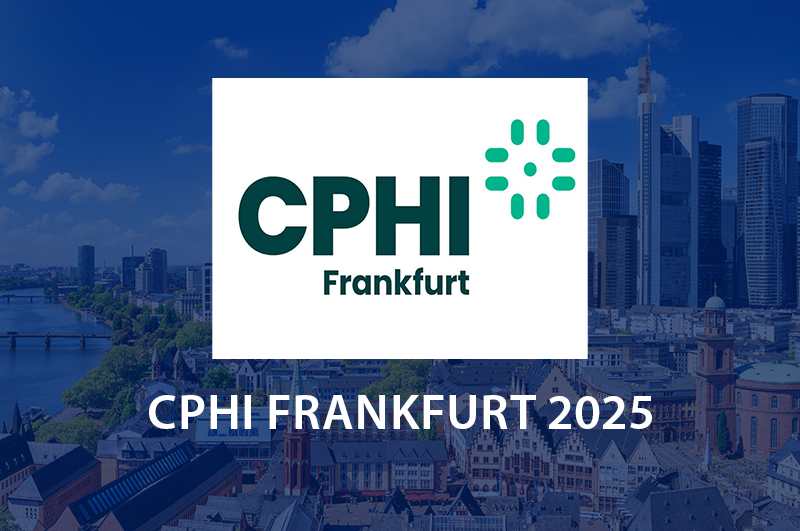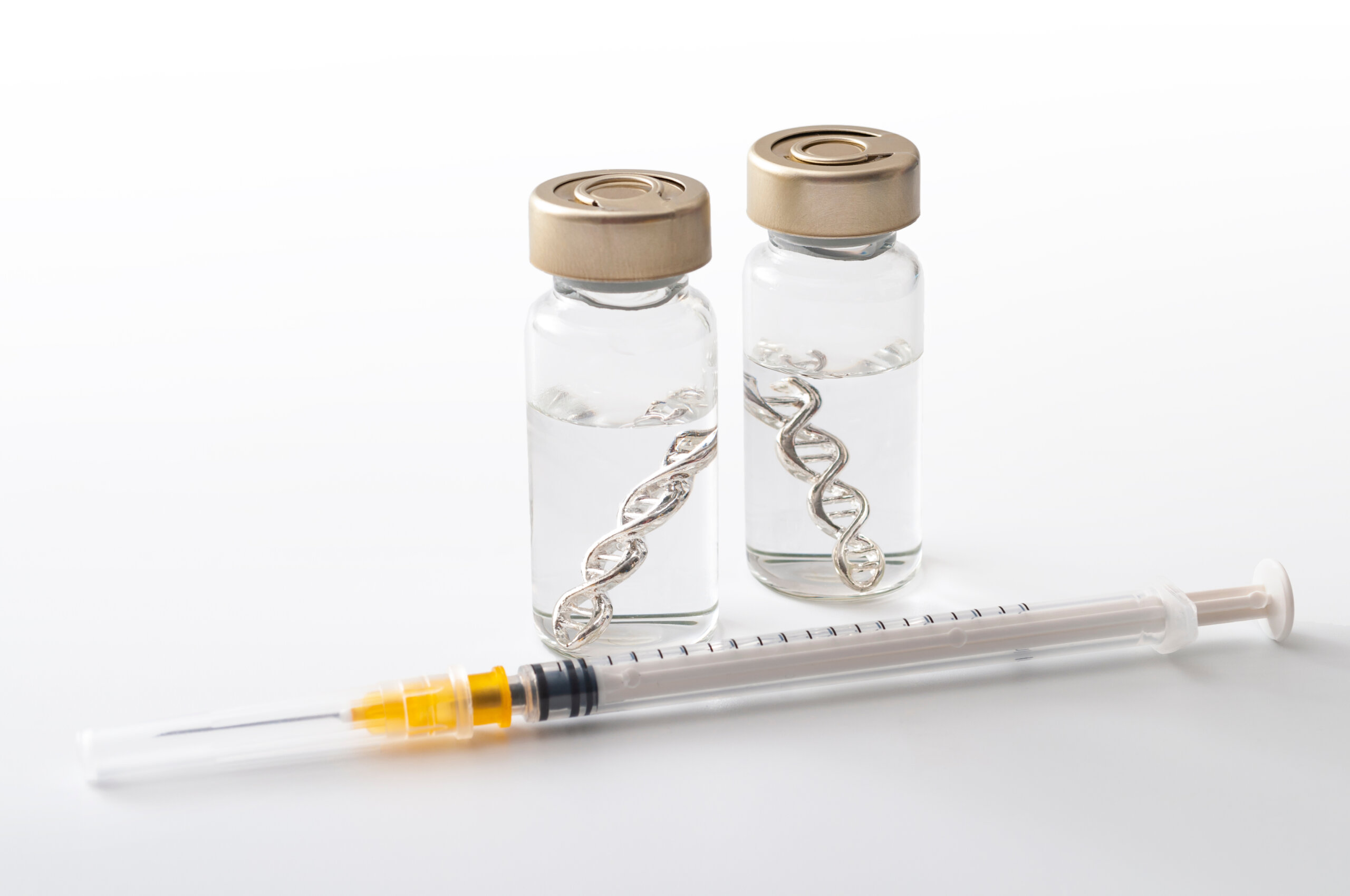CPHI Frankfurt 2025 is the year’s most efficient place to compare science, scale, and reliability in one hall. Sponsors meet teams, see facilities represented across regions, and validate claims in real time. If you want to know how to choose a CDMO / CRDMO, start here: speak to short-listed partners, walk their demos, and check how discovery, development, and GMP manufacturing connect. Treat the show as a live due-diligence room where you can test integrated end-to-end CDMO promises against your filing plan and market goals.
Why CPHI Frankfurt 2025 matters before you pick a partner
At this expo, sponsors can verify how a potential partner will protect quality, capacity, and timelines across the full program. It is also the best venue to see how digital tools, cleanroom practices, and cold chain readiness work together. Use meetings to assess governance, risk management, and inspection history. This is how to choose a CDMO / CRDMO with evidence, not just brochures.
From vendor to strategic partner: how sponsors should structure the relationship
Speak to governance first. Agree on decision rights, data access, and escalation paths before pricing. Link fees to outcomes that matter to you: yield, release timelines, right-first-time tech transfer, and inspection results. This is how to choose a CDMO / CRDMO that will still deliver when pressure rises. Partners that share risk and show transparent dashboards tend to hold quality, capacity, and timelines more consistently.
Pinpointing your needs across the lifecycle
Arrive with a one-page map of your stage: discovery, IND-enabling, scale-up, or commercial. Then ask for a program plan that shows how an integrated end-to-end CDMO will bridge geographies and modalities. If you work with small molecules, biologics, oligos, peptides, or ADCs, confirm how the partner adapts platforms without forcing a fixed template. This is another moment to test how to choose a CDMO / CRDMO by asking for proof of comparability planning and regional guidance alignment.
Technical muscle and quality systems across AI, cleanroom, cold chain zones
Ask to see automated workflows, validated digital batch records, and model-informed development. Walk the cleanroom and cold chain zones and verify contamination control, data integrity, and release readiness. Real-time dashboards, clear ownership of master data, and transparent deviation handling should be visible in live systems. When you see these elements working together, you know the partner can protect quality, capacity, and timelines under real-world variability. This is central to how to choose a CDMO / CRDMO with confidence.
What good looks like in practice
Ask for a project dashboard where the critical path is obvious, deviations are logged with timestamps and root causes, and batch genealogy is traceable to release. Speak to the tech-transfer lead about platform methods that scale, standardised transfer packs, and dual-sourced critical materials. These are practical indicators that your program can move from pilot to plant without surprises.
Reliability, reputation, and the relationships that do the work
Speak to people who run the work, not only sales. Confirm leadership stability, investment in analytics and facilities, and references you can verify. Ask how the team handled supply shocks, scope changes, and regulatory shifts in the last two years. Culture shows up in hard moments: early issue flags and clear documentation help you keep quality, capacity, and timelines aligned.
Transparent pricing and agile program management
Ask for a sample work breakdown, the logic behind change orders, and realistic critical-path timelines for your modality. Review a live tracker to see how project management, QA, manufacturing, and supply chain meet on the same milestones. Choose partners who price with clarity and schedule with realism. That is how to choose a CDMO / CRDMO that stays predictable when your priorities change.
Scalability, flexibility, and supply chain readiness
Confirm that processes are designed for scale-up. Look for process intensification options, second-source qualification, and buffer strategies for long-lead items. If the partner highlights India-EU-USA integration, ask how that reduces lead time and improves multi-region supply. The best answers are specific and supported by case studies and documentation.
Digital strength and a sustainability edge
Ask the digital owner for validation packages, audit trails, and sponsor access workflows. Ask the ESG lead for solvent recovery data, energy mix, water stewardship, and supplier audit metrics. These are practical signals that your partner’s operations are resilient and that the same discipline will support your filing timelines.
Recap questions to take onto the show floor
- How will joint governance work—meeting cadence, KPIs, decision rights—and who escalates which issues and when?
- Which incentives link payment to outcomes such as quality, yield, tech-transfer success, and timeline adherence?
- What is your most recent inspection history and which CAPAs have you closed in the last 12 months?
- Which digital systems ensure data integrity and sponsor visibility across AI, cleanroom, and cold chain zones?
- How will you protect quality, capacity, and timelines if supply or scope changes mid-program?
- Which parts of your offering are truly integrated end-to-end CDMO and which are stitched from external vendors?
- Can you show a case study for my modality, including what went wrong, how you fixed it, and what changed next?














